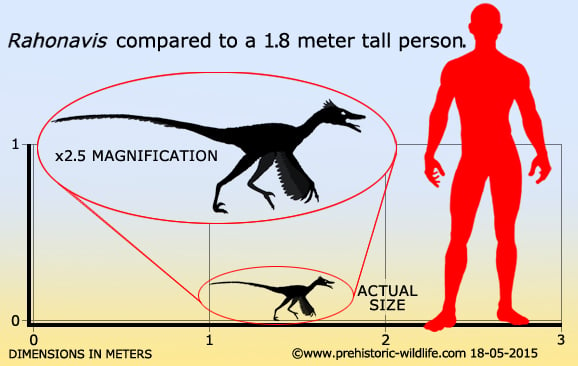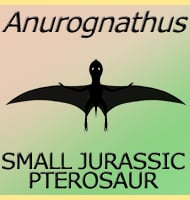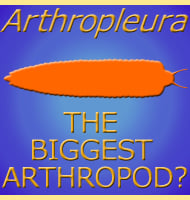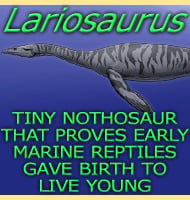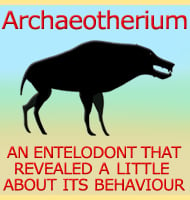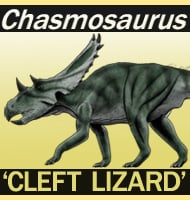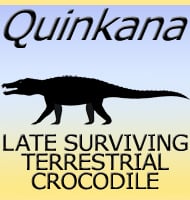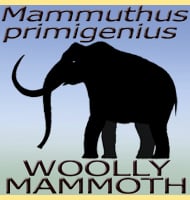In Depth
As a creature that displays both dinosaurian and avian features, it is not known for certain how Rahonavis fits in with the evolution of birds from dinosaurs. This is problem shared with other discoveries such as Xiaotingia and even Archaeopteryx as the difining line of when a bird becomes a bird and not a dinosaur is very hard to establish. One theory which is quite plausible is that flight evolved several times to be lost again in later descendents, whose descendents in turn would regain the ability, the pattern continuing until the establishment of the line towards Modern birds.
Although sometimes conceived as a bird, it’s possible that Rahonavis was more like a dromaeosaurid dinosaur. Again the possibility of Rahonavis evolving from flying ancestors is quite possible and the term secondarily flightless is often applied. Still some consider Rahonavis as being capable of flight as evidenced by the long fore limbs and attachments for ligaments to the shoulder that prove Rahonavis had the necessary degrees of wing motion for flight. Considering that the holotype specimen was found within the remains of a titanosaurid dinosaur, Rahonavis may have flown around Mesozoic Madagascar looking for carrion.
Rahonavis has been accused of being a fossil chimera, the remains of more than one animal being constructed into a single incorrect representation. However this claim has been strongly refuted on the grounds that the main skeleton was found articulated with parts of the wing and shoulder bones all found within the same small area to one another, indicating they all belonging to one animal.
Further Reading
– The theropod ancestry of birds: new evidence from the Late Cretaceous of Madagascar. – Science 279:1915-1919. – C. A. Forster, S. D. Sampson, L. M. Chiappe & D. W. Krause – 1998. – Genus correction. – Science 280(5361):185. – C. A. Forster, S. D. Sampson, L. M. Chiappe & D. W. Krause – 1998.
